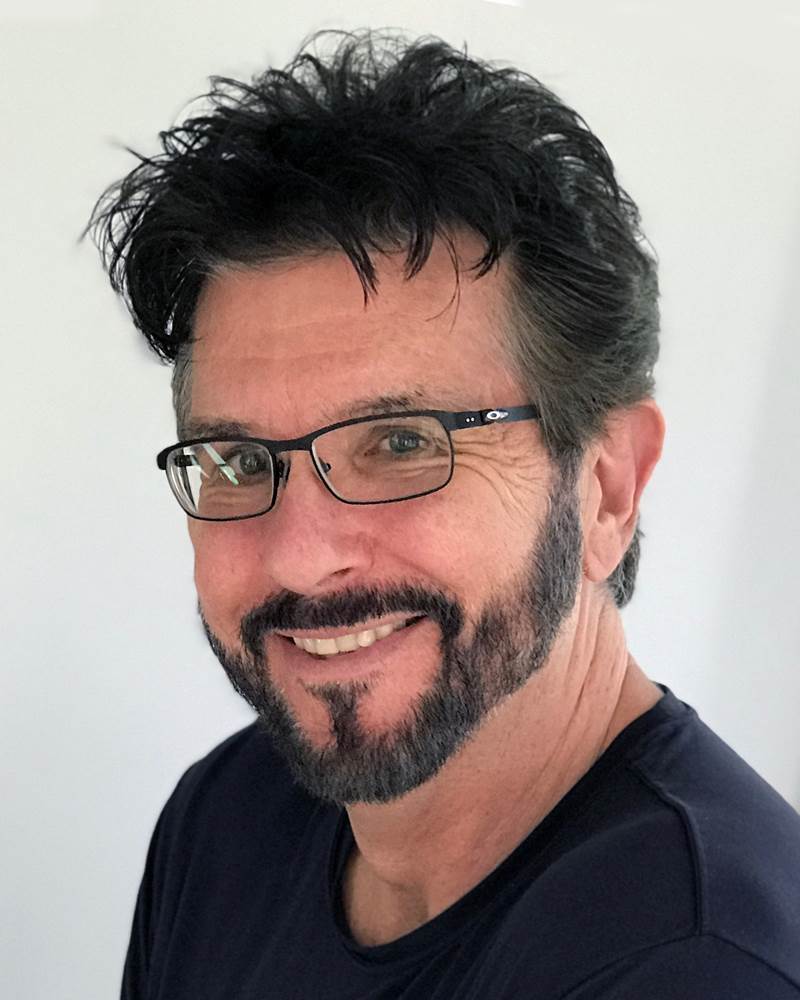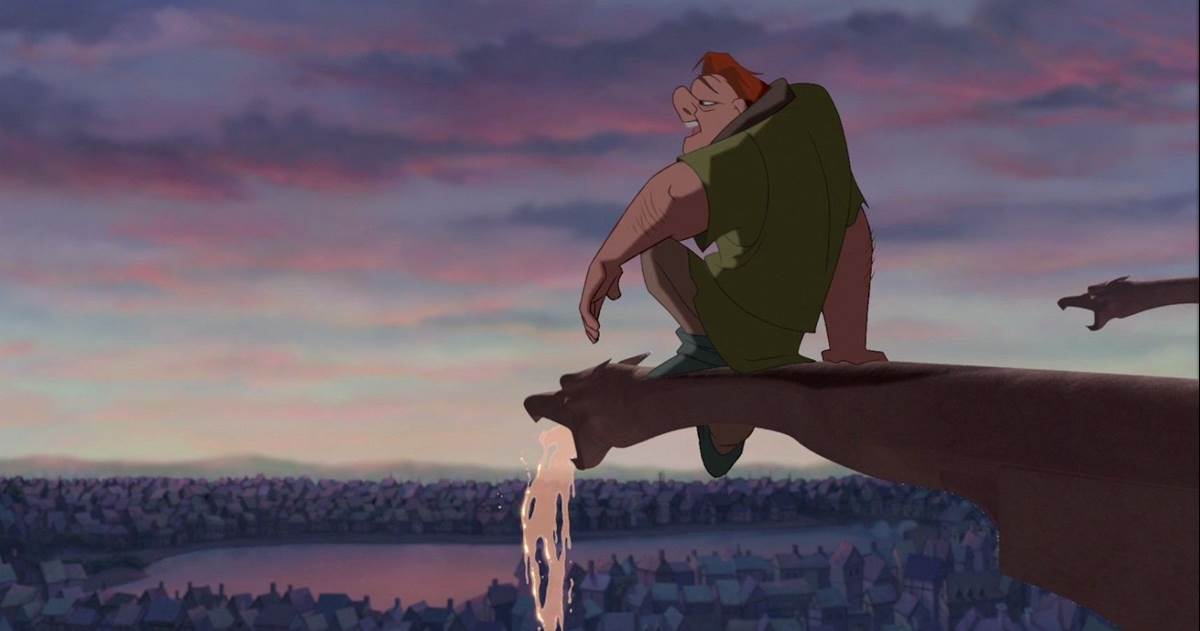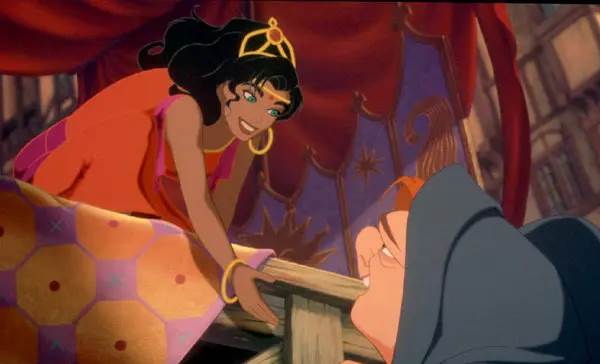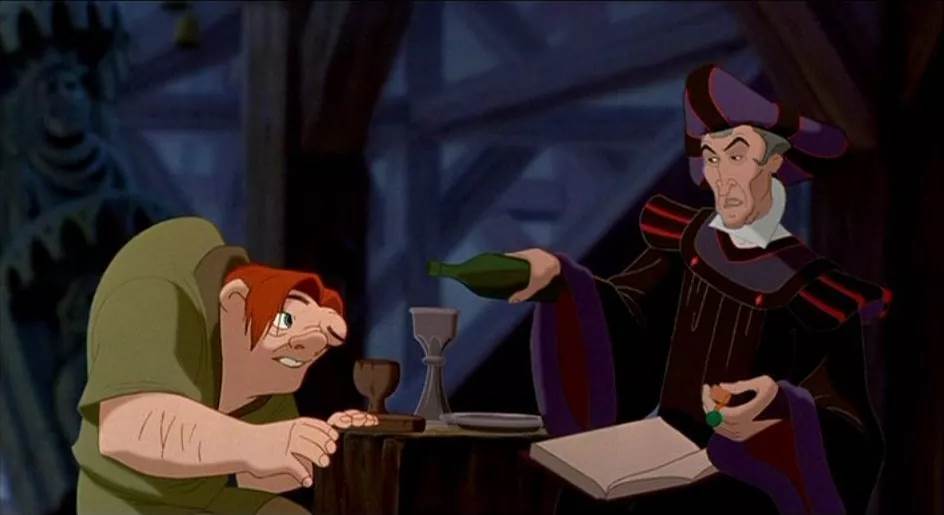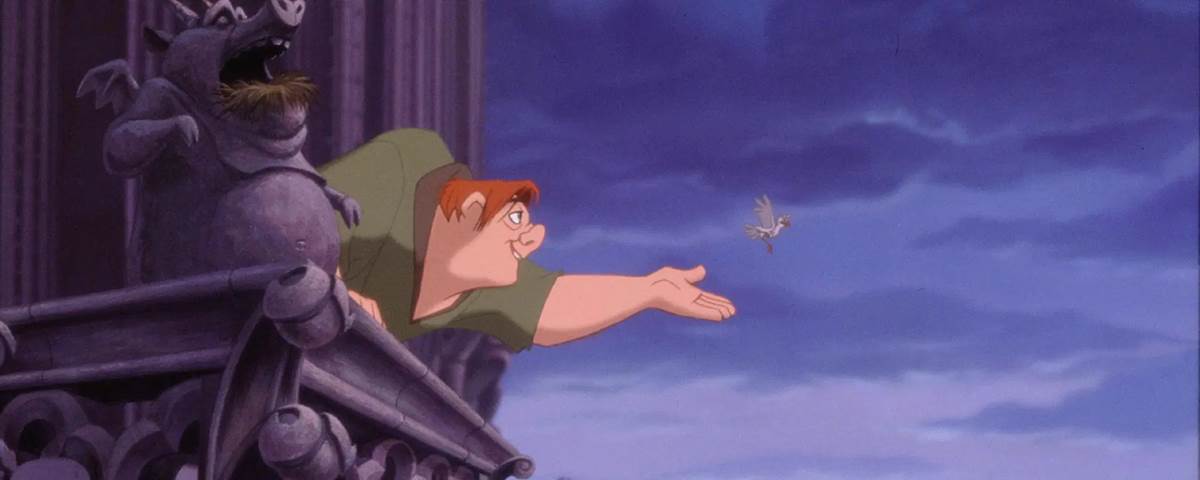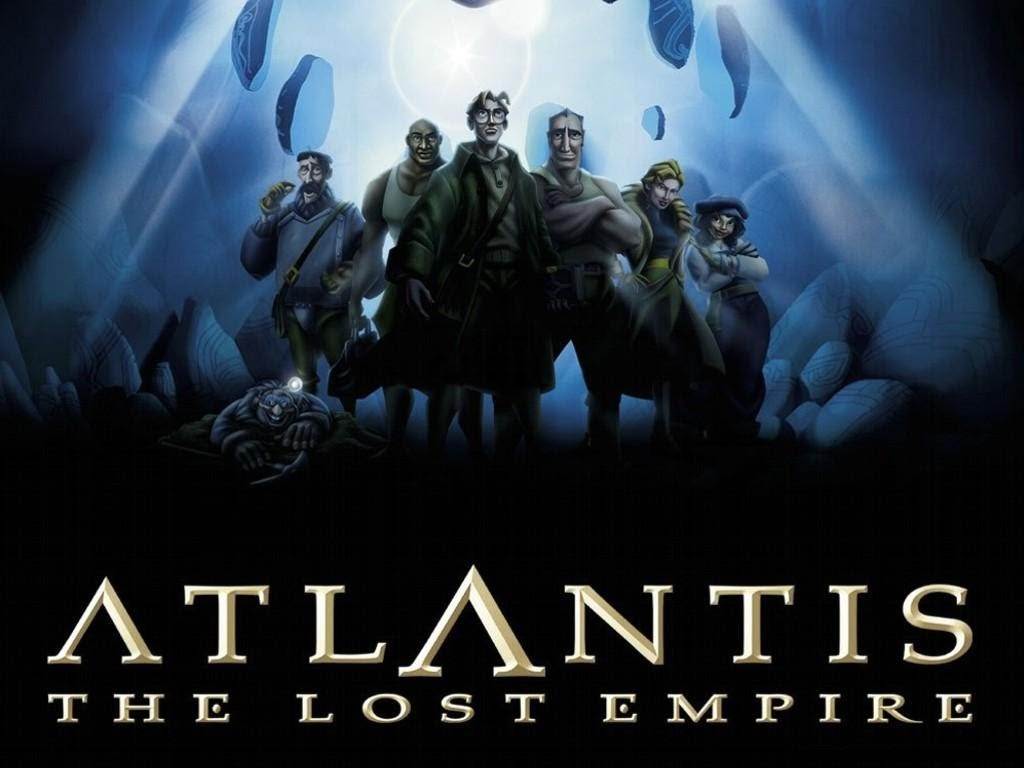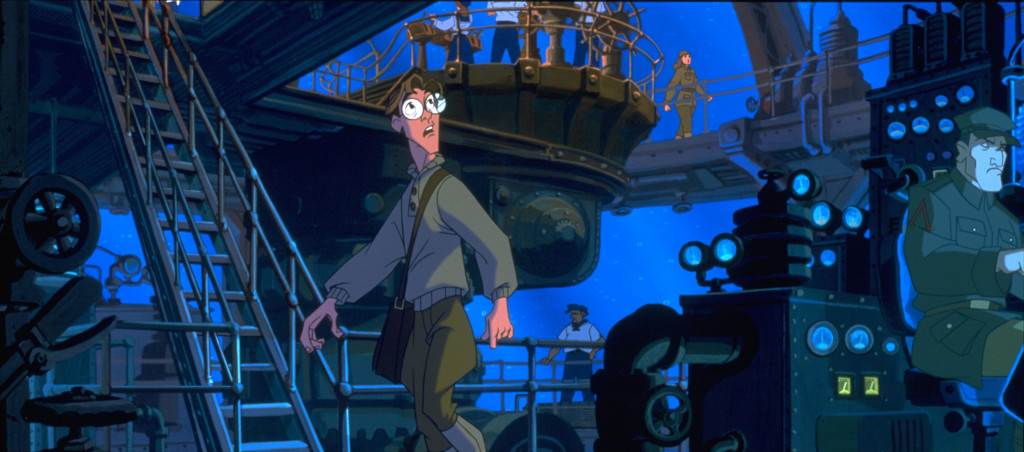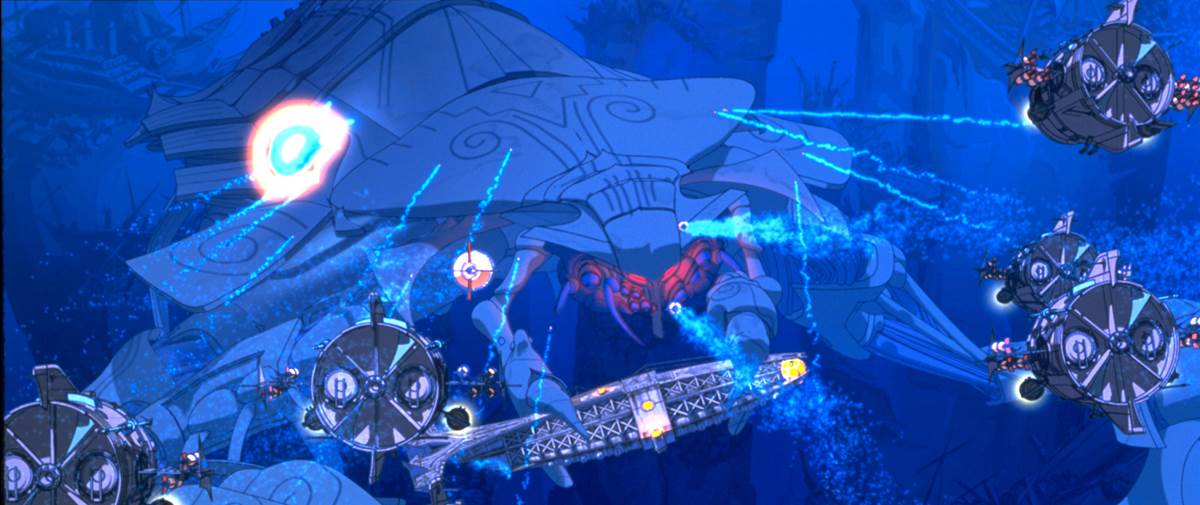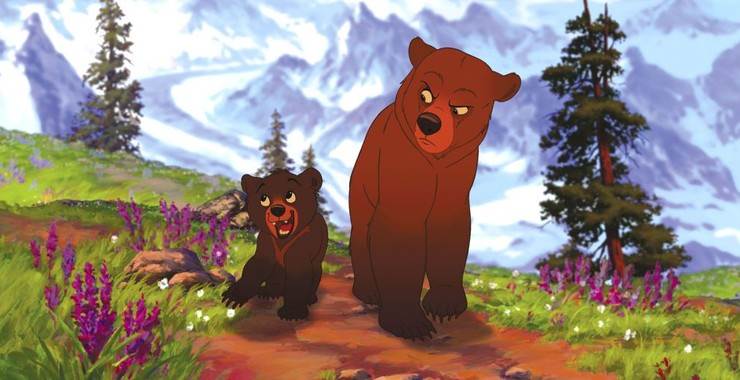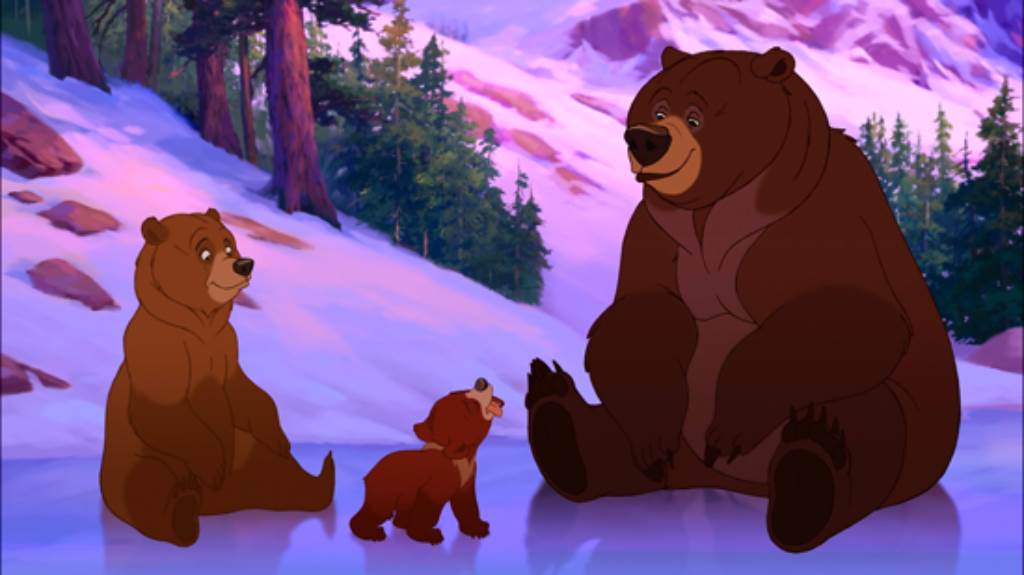Over the weekend I had the fortunate opportunity to attend the Walt Disney Family Museum’s Happily Ever After Hours Virtual Program featuring screenwriter Tab Murphy.
Tab Murphy has a wide embodiment of work for the screen, but this program primarily focused on his work for what is now known as Walt Disney Animation Studios. He contributed to The Hunchback of Notre Dame, Tarzan, Atlantis: The Lost Empire, and Brother Bear.
Right off the bat, Tab said that his first foray into animation was a bit jarring. He wrote the script, and then partnered with Alan Menken and Stephen Schwartz who, as he put it, had the script posted on walls all around a room and would then go up to certain sections and draw big Xs through the words and say “this is where we think a song should be.” As they worked together though, Tab said he realized how right they were to do that, and the end result is simply amazing.
Anybody familiar with the original story of The Hunchback of Notre Dame may recall that there are a ton of characters present in the original novel aside from the namesake Hunchback, Quasimodo. He said that was where one of the hardest parts of writing the movie adaptation lied, especially for a Disney animated film, noting that there was a certain “checklist” of sorts for a Disney film that the characters had to hit. So they developed the film around the characters that would best fill the roles of the principal lead (Quasimodo), the Hero (Phoebus), and the Princess (Esmerelda), along with the obvious villain, Claude Frollo. He said that the story was exceptionally dark for a Disney film, but he found the heart in it when you would take away everyone else leaving Quasimodo to do his own thing with the birds or the gargoyles, and the world got bright and colorful. This sentiment is actually echoed in the production design of the film, whenever Frollo is present, the colors are grays and dark shadows, and muted and boring hues, but whenever Quasi is involved in his own thing there are far more colors and brightness.
He also elaborated on his love for writing the character of Esmerelda, saying he felt that she was Disney’s original activist, and she was most definitely not a damsel in distress, standing up for the issues, with Tab citing the line (though he flubbed it a little) “You mistreat this poor boy the same way you mistreat my people. You speak of justice, yet you are cruel to those most in need of your help!”
When asked about the development of Quasimodo, Tab pointed out that more classic adaptations of the story, such as an earlier incarnation from Universal in their horror movie craze, took the character and turned him into a literal monster, some sort of terrifying creature. “This is a human being,” Tab said, adding that his version would not scare you but draw out empathy. But he still had to be realistic. He couldn’t be the hero either, that wouldn’t be true to the source material, but he echoed thoughts and ideas shared by animator James Baxter in a recent program from the museum, that he needed to be gentle and warm to reinforce that this was a human and not a monster.
Interestingly, Tab said that he had not watched the film in its entirety since the world premiere back in 1996 up until about two weeks before the program, forgetting how beautiful the final product turned out. He said he cried his eyes out and believes that story holds up because of that emotion, something that everyone can relate to at some point in their lives, that they’re different and feeling alienated and an outsider who overcomes that. “Everyone who worked on that movie, everyone was on their A-game.”
After Hunchback, Tab was assigned to tackle Tarzan, though he openly admitted he wasn’t as involved in that one as much as people think he was. Shortly after he began, Gary Trousdale and Kirk Wise (directors of Hunchback) asked him to join their team for a radical new movie that would buck the trends of Disney Animation, Atlantis: The Lost Empire. According to Tab, the pair pitched him the idea while comparing it to Disneyland, saying “You know how you go in to [the park] and go right into Fantasyland, through the castle, see the princesses and fairy tales. Well, we’re going to take a hard left straight to Adventureland.”
Tab was excited, this was going to be something so out of the ordinary and he would be a part of it. He noted that he was especially excited because of the subpods that would shoot out of the Ulysses. At another point in the session, Tab mentioned that he was never worried about budget when writing for Disney animation, noting that the animators were so good they would figure out how to get what he wrote onto the screen successfully, with the Subpods off the main submarine as they battled the Leviathan an excellent example of that. He also elaborated on what he referred to as “movie moments,” those special quotes that you know, when writing them, people will always remember and associate with the movie, with Atlantis having one of his favorites, when Helga is firing the flare gun at Roarke’s balloon and uses his own words, “Nothing personal.”
As many know, the film was not an immediate box office success. It didn’t do poorly, it just didn’t reach the numbers that Disney likes to see. Because of that, Tab thought he had written Disney’s first flop. The film came out in 2001, and he said it wasn’t until last year when he was stuck at home that someone had exposed him to the following that Atlantis: The Lost Empire has acquired over the years. He even started getting letters and messages from fans, some saying that the film had inspired them to be linguists or archeologists as those who were younger when they saw it are now adults exploring their career path.
Tab has an almost Jeff Bridges-like quality to him, almost channeling the Dude from The Big Lebowski, and elaborated on the sentiment of career paths, commenting that when he was in school, he was studying forestry and biology. In one of his best pieces of wisdom from the session, he said that “Part of knowing what you want is knowing what’s not meant for you.” It was his love of movies that continued to grow prompting him to get into the industry as a screenwriter. However, that background in forestry and wildlife would come in handy on his next assignment, Brother Bear.
Tab said goodbye to the kids, and jetted off to Florida for a short-term residence at the Yacht Club resort where he would go to the Animation studio that was part of the Disney-MGM Studios (now Disney’s Hollywood Studios) where Brother Bear was in production. Most of the original story, he said, was created from campfire stories that he and director Aaron Blaise would share. Together they wrote the original story which was mostly similar and had Kenai being transformed and subsequently mentored by an older bear named Grizz, voiced by Michael Clarke Duncan. He packed up and left and only after that did they change one prominent piece of the writing. Grizz would now be dropped for a younger bear, Koda, and that one “movie moment” as Tab says, where Kenai has to say the “he did something bad.”
Tab said the story of what happened on Brother Bear is truly the story of animation. It’s living and breathing. Things get dropped, added, changed, tweaked. He felt like a starting pitcher in a baseball game, there to set you up for success and then be moved or changed out to make sure the game is won, but also only one part of the greater team as a whole. When asked about how he would draw out emotion in his writing he said he would only put the words down, and it was the rest of that same team that would succeed in making you feel something, adding that he might have words that touch you emotionally in scene, but the rest of the team knew how to enhance those words and make it something truly special.

